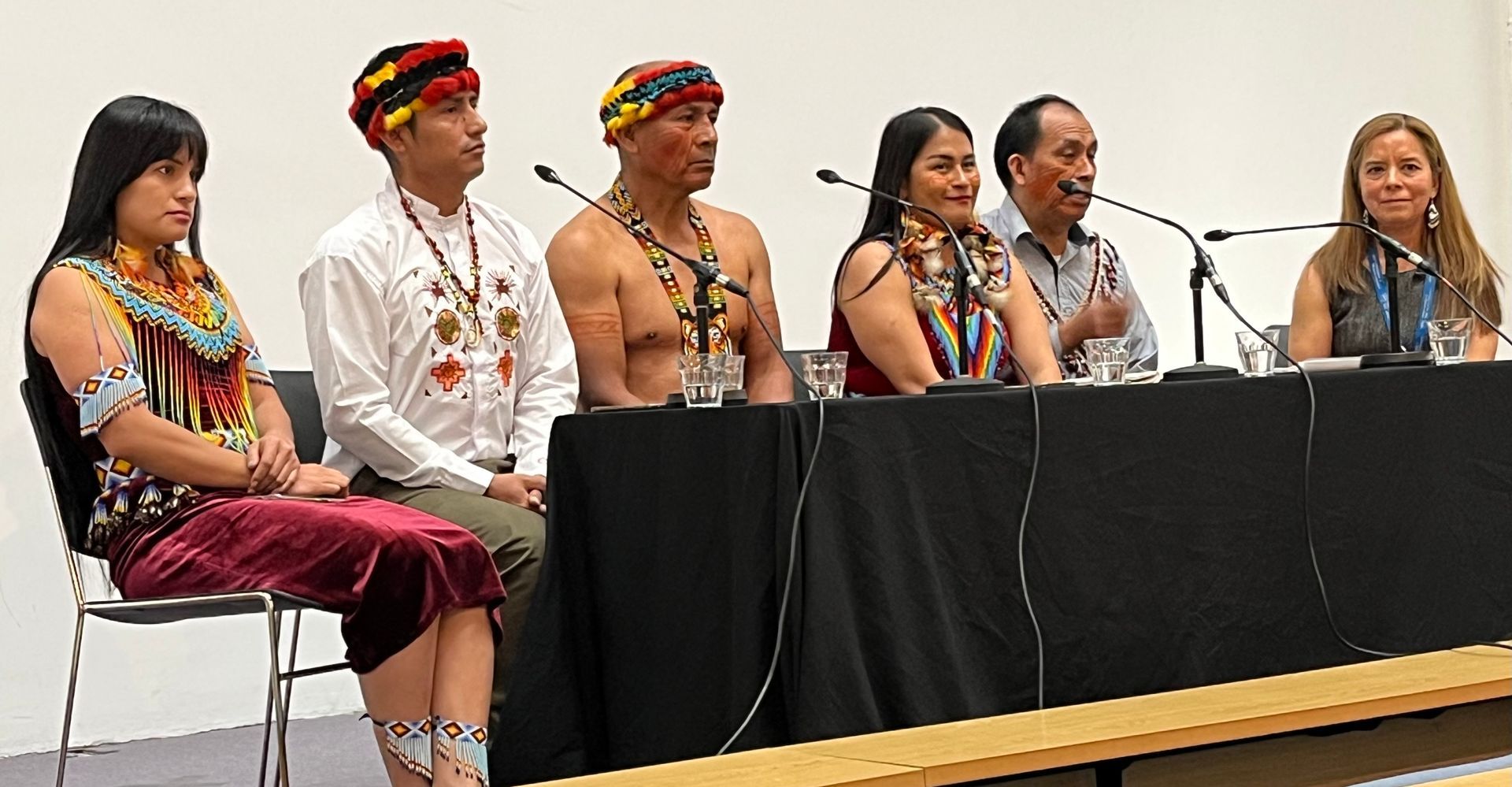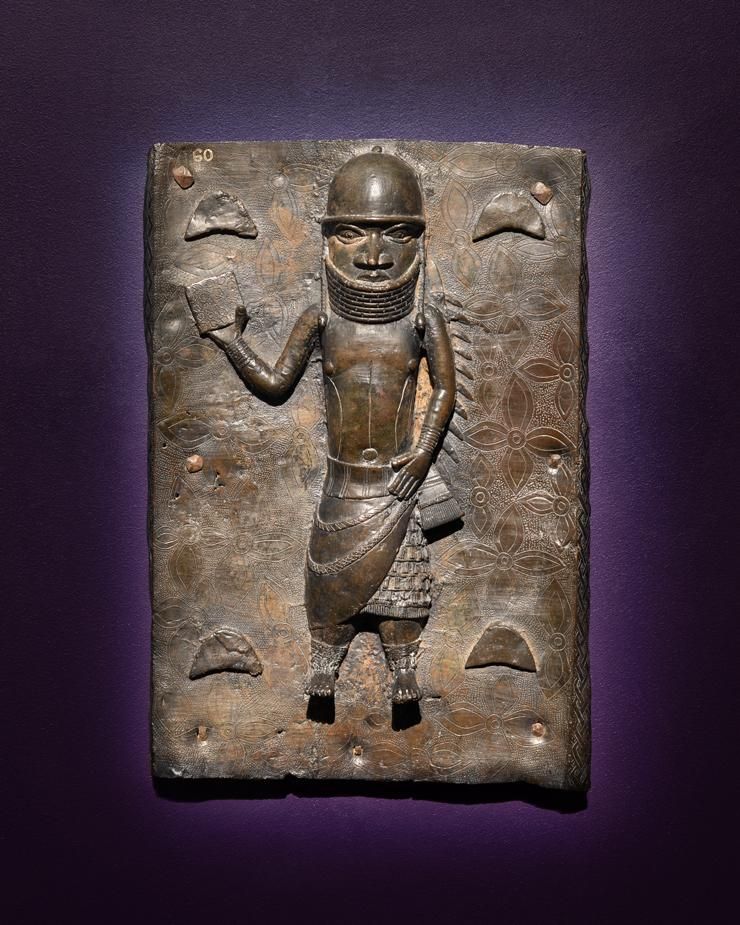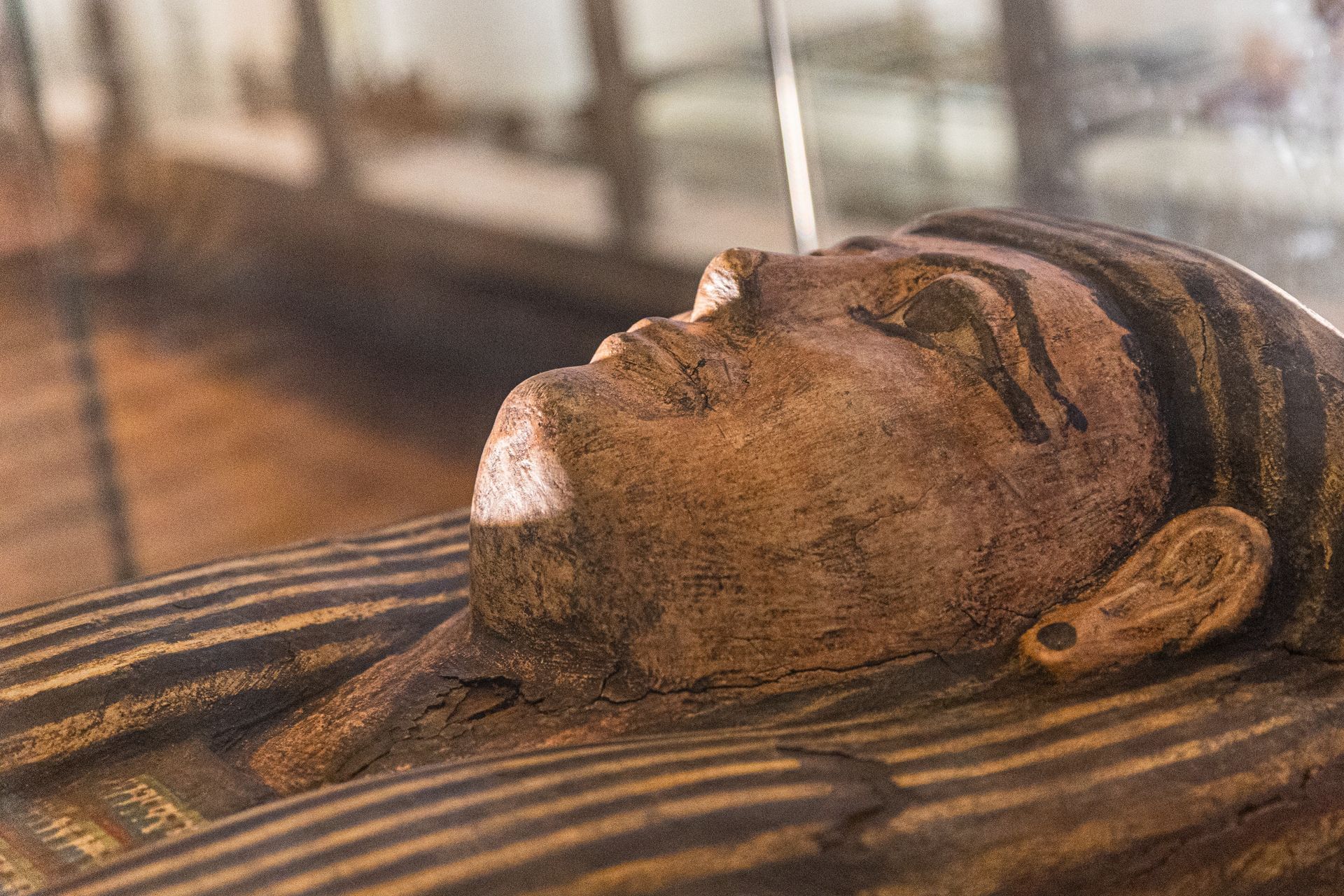Cultural Restitution
SHARE ARTICLE
The V&A Museum has entered into an historic agreement with the Republic of Yemen for the Museum to temporarily care, research and conserve four ancient carved funerary stelae.
The objects were identified by a member of the public who discovered them in an interior design shop in east London. In the near term, they'll form part of a new Culture in Crisis display at V&A East Storehouse from 2025. However, at a time when the Republic of Yemen considers it safe for them to be returned, all four stelae will be repatriated to their country of origin.
The Museum describes this arrangement as unique. Unlike similar cases where the discovery of looted artefacts leads to their prompt return, this latest ‘partnership’ provides time for the Museum to undertake further research and conservation, as well as more time for the public to enjoy them while they remain on display in the UK.
The objects were discovered by an archaeology enthusiast. He alerted The Metropolitan Police’s Art and Antiques Unit, whose role is to investigate art theft, illegal trafficking and fraud. The police investigation established the carved stelae were most likely illegally excavated from necropoli in Yemen in the last few years and probably date from the second half of the first millennium BC. Objects such as these appear on The International Council of Museum’s ‘Emergency Red List of Cultural Objects at Risk’.
“When the seller was given this information,” explained Commander Clayman of the Metropolitan Police, “they made the generous decision to disclaim them, and asked for them to be returned to Yemen.”
The V&A’s Culture in Crisis programme, established in 2015, has been designed to bring together all those involved in protecting cultural heritage. The programme works closely to support the Metropolitan Police, as well as other law enforcement agencies, in order to combat the illicit trade in cultural artefacts. Clayman says he hopes the display of these objects in London will help people consider antiquities from a legal perspective as well as an aesthetic one. “By establishing an artefact’s provenance before purchase they may avoid inadvertently fuelling the demand for stolen cultural goods.”



